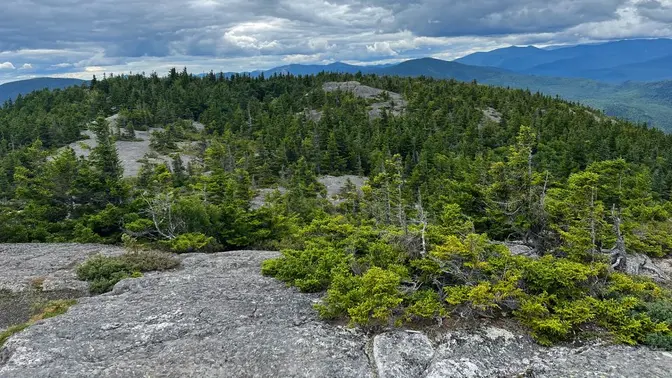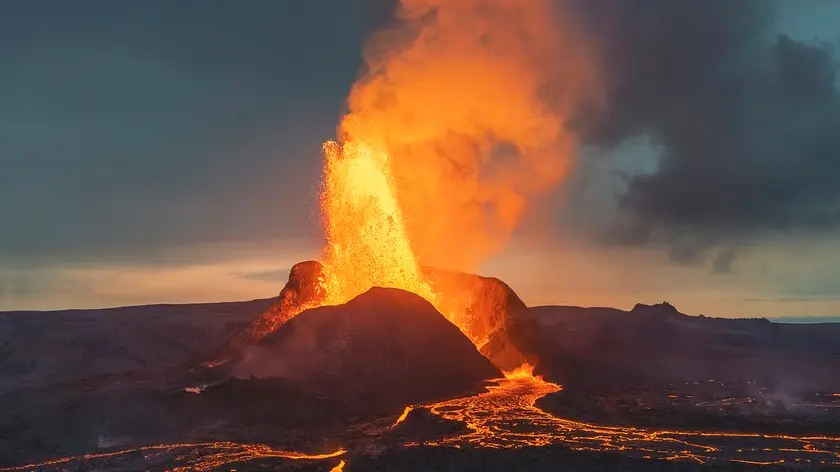T4K3.news
Mantle Blob Beneath New Hampshire Shapes Appalachians
A hot mantle anomaly beneath New Hampshire may help explain why the Appalachians stay tall and is slowly drifting toward New York.

A hot mantle anomaly beneath New Hampshire may help explain why the Appalachians stay tall and is slowly drifting toward New York.
Mantle Blob Beneath New Hampshire Shapes Appalachians
A large hot rock mass lies beneath New Hampshire, named the Northern Appalachian Anomaly (NAA). It sits about 124 miles (200 kilometers) beneath the Appalachian region and spans 217 to 249 miles (350–400 kilometers) in width in the asthenosphere. It is a thermal anomaly, hotter than its surroundings. New research links its origin to Greenland and North America separating about 80 million years ago, revising earlier ideas of a breakup 180 million years ago. The anomaly has migrated about 1,118.5 miles (1,800 kilometers) since its formation, at a rate of 12.4 miles (20 kilometers) per million years. Projections place its center passing beneath New York in roughly 15 million years. Scientists used seismic imaging, mantle-wave modeling, and plate reconstructions to trace the path. The mass may help explain why ancient mountains like the Appalachians have resisted erosion by warming the base of the continent, making the crust lighter and more buoyant. The movement is slow, but over millions of years it could influence surface geology and mountain height. The work adds to a growing view that deep mantle processes shape the surface far more than once thought.
Key Takeaways
"Heat at the base of a continent can weaken and remove part of its dense root, making the continent lighter and more buoyant"
Tom Gernon on buoyancy from deep roots
"Much like falling dominoes, blobs of the root begin to drip downward one after another"
Gernon describing edge-driven convection
"It’s exciting to see a new and creative model proposed for the origin of the Northern Appalachian Anomaly"
Maureen Long commenting on the new model
"The legacy of continental breakup on other parts of the Earth system may well be far more pervasive and long-lived than we previously realised"
Gernon reflecting on broader implications
The study relies on mantle-wave theory and edge-driven convection, where hot, dense rock detaches from plate edges and travels inland. This model paints the Appalachian region as a dynamic stage where deep currents silently reshape topography. It also raises questions about how often similar anomalies exist elsewhere and how they interact with surface tectonics.
Yet the conclusions rest on imaging and simulations with uncertainties, so researchers caution that multiple mechanisms may act together. If confirmed, the idea changes how we picture continental edges not as static borders but as evolving zones that influence mountains, earthquakes, and perhaps future landscapes.
Highlights
- Heat at the base of a continent can weaken and remove part of its dense root
- Much like falling dominoes blobs of the root begin to drip downward one after another
- It's exciting to see a new and creative model proposed for the origin of the Northern Appalachian Anomaly
- The legacy of continental breakup on other parts of the Earth system may well be far more pervasive
The planet keeps its deeper secrets ready for the next chapter
Enjoyed this? Let your friends know!
Related News

Mantle blob may shape future Appalachians

Massive underground blob could reshape New York City

Hot Blob Discovered Beneath Appalachians

Geological Study Links Hot Rocks to Ancient Rift

Ancient mantle advances Toward New York

Mantle anomaly mapped beneath Appalachians

Mantle rethink in Himalayas

Mysterious blobs under Earth may trigger major volcanic eruptions
